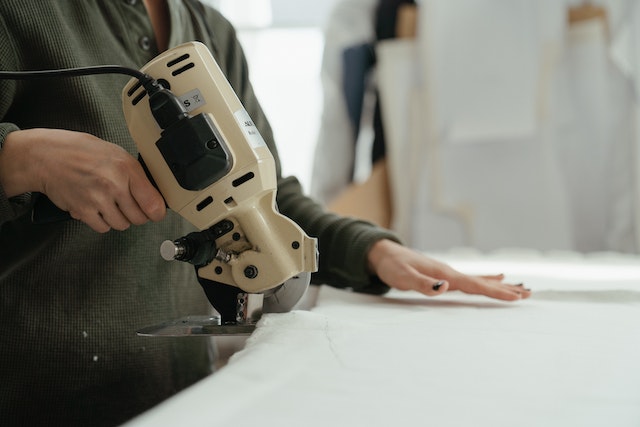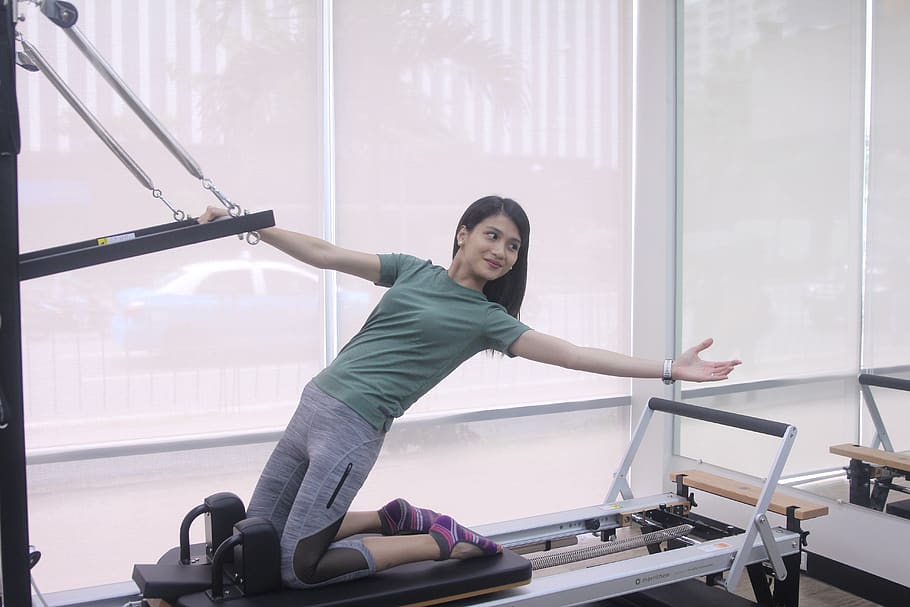Your wedding dress is more than just a garment; it’s a symbol of your special day and should fit flawlessly. However, how long do wedding dress alterations take achieving that perfect fit often involves alterations. Understanding the timeline for wedding dress alterations is crucial to ensure a stress-free experience leading up to your big day.
Factors Influencing Alteration Timelines
1. Complexity of Alterations: The time needed for alterations varies depending on the changes required. Simple adjustments like hemming or taking in the sides might take less time compared to more intricate modifications, such as reworking the bodice or adding embellishments.
2. Design of the Dress: Intricate designs, delicate fabrics, or beading can affect the alteration time. Dresses with intricate lacework or extensive beadwork usually demand more time for alterations.
3. Number of Fittings: Multiple fittings are common for wedding dress alterations. Each fitting allows the seamstress to make necessary adjustments. The more fittings required, the longer the alteration process might take.
Typical Timeline for Wedding Dress Alterations
1. Initial Consultation: Schedule your first appointment with a professional seamstress or tailor well in advance. Ideally, aim for this appointment about 2-3 months before your wedding day.
2. First Fitting: At the initial appointment, measurements will be taken, and alterations discussed. This might involve pinning the dress to visualize the changes needed.
3. Second Fitting: Typically, the second fitting occurs around 4-6 weeks after the initial one. By this time, major alterations should have been completed, and the dress would be closer to the final fit.
4. Final Fitting: The final fitting usually occurs 2-3 weeks before the wedding. At this point, the dress should be almost ready, with minor tweaks being the focus.
Tips for Efficient Alterations
1. Start Early: Begin the alteration process as soon as you have your dress. This allows for any unexpected delays and ensures a stress-free experience.
2. Communication: Clearly communicate your preferences and any specific alterations you desire with the seamstress. This helps streamline the process.
3. Bring Accessories: During fittings, bring along the undergarments and shoes you plan to wear on your wedding day. This helps achieve the most accurate fit.
4. Stay Consistent: Try to maintain a stable weight throughout the alteration process to avoid last-minute adjustments.
Final Thoughts
Remember, each dress is unique, and timelines can vary. It’s crucial to work closely with a skilled seamstress or tailor who understands your vision for the dress. By starting early and staying communicative, you’ll ensure that your wedding dress alterations are completed beautifully and on time, allowing you to walk down the aisle with confidence and grace.




